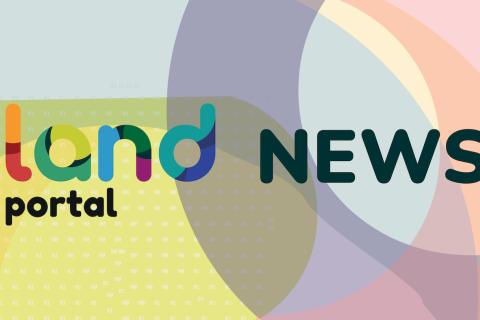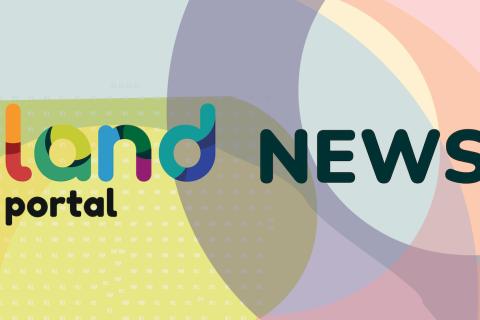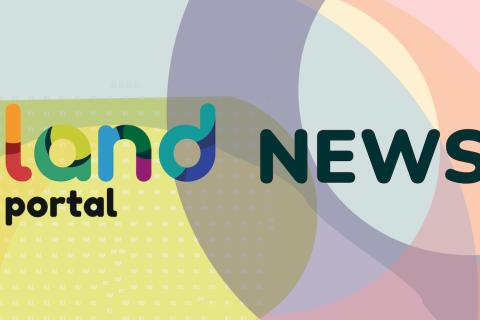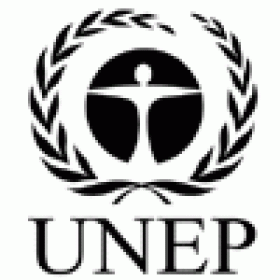
Proportion of urban population living in slums, informal settlements or inadequate housing
Last updated on 1 February 2022
This indicator is currently classified as Tier I. The United Nations Human Settlements Programme (UN-Habitat) is the Custodian agency for this indicator.
Unit of measure: The indicator is unitless, expressing a ratio between the number of people living in households who do not meet one or more of the basic housing conditions and the total population (%), Ratio between the number of households with net monthly expenditure on housing exceeding 30% of the total monthly income and the total population (%), Ratio between the number of households with approved municipal permits and the total population (%)
Why is this indicator important?
Urbanization is one of the most significant global trends of the 21st century. Rapid urbanization without proper planning and governance mechanisms, can lead to tenure insecurity, spatial inequalities and a lack of basic service provision. Expanding slums and precarious informal settlements may increase poverty, pollution, health, and environmental risks. At the same time, displacement for urban development can lead to food insecurity, loss of community structures, and the marginalization of certain segments of the population.
It is thus essential to collect data on the proportion of the population living in slums, informal settlements or those living in inadequate housing so that appropriate policies for addressing housing issues can be developed ensuring no one is left behind.
How is the indicator measured and monitored?
According to the metadata document, people living in informal settlements or slums, do not meet one or more of the five following housing conditions: (1) access to improved water; (2) access to improved sanitation facilities; (3) sufficient-living area (not overcrowded); (4) durable housing; (5) and security of tenure. In addition, the indicator considers whether households have an approved municipal permit as well as their affordability to measure inadequate housing. Most data is derived from censuses and household surveys. In addition, UN-Habitat reports annually on related data in the MDG’s reports. In 2021, the Global Housing Indicators Working Groups suggested to coordinate the worldwide data collection on this indicator.
As of now, indicator measurement covers 320 cities as part of the UN-Habitat City Prosperity Initiative. The data is disaggregated by location, income-group, sex/ethnicity/religion/migration status (head of household), age, and disability status. Planning has already begun for regional and global disaggregation. The major limitations lie with the lack of capacities at national and city levels to assess and monitor all indicator components. Moreover, the indicator does not consider homelessness.
By Anne Hennings, peer-reviewed by Dennis Mwaniki, Spatial Data Expert at UN-Habitat’s Data and Analytics Unit.
Official indicator data
The criteria defining slums, informal settlements and inadequate housing include access to water, access to sanitation, sufficient living area, overcrowding, structural quality, durability and location, security of tenure, affordability, accessibility, and cultural adequacy. * Select "year" below to see the most recent data for more countries.
Other related indicators on the Land Portal
In addition to the official indicator data, the following indicators provide information concerning urban land administration, access to feasible and affordable formalization, and efforts to improve informal settlements.
| Indicator | Min-Max Number of years |
Countries / Obs | Min / Max Value |
|---|---|---|---|
| Formalization of urban residential housing is feasible and affordable | |||
| Individual land in urban areas is (i) recorded and (ii) mapped | |||
| Process to improve informal settlements exists | |||
| Urban Population |
Informal Land Rights and Infrastructure Retrofit: A Typology of Land Rights in Informal Settlements
Informal settlements represent a challenging operational context for local government service providers due to precarious contextual conditions. Location choice and land procurement for public infrastructure raise the complicated question: who has the right to occupy, control, and use a piece of land in informal settlements?
Integration of Geospatial data of UAVs in Cadastral Management System and Regularization of Illegal Occupations in Informal Settlements
Abstract: To avoid illegal occupation of people in areas where construction is forbidden and the development of informal settlements, municipal authorities must anticipate city planning.
Informal settlements and access to data in the time of COVID: a case for sharing data for decision making
The spread of COVID-19 in South Africa and other countries in the region has again brought to the fore the fact that very dense, under-serviced, mostly informal, settlements are not healthy places to live. They are also places where the spread of a disease is difficult to prevent or manage.
Natural Resource Conservation Based on Community Economic Empowerment: Perspectives on Watershed Management and Slum Settlements in Makassar City, South Sulawesi, Indonesia
The purpose of this study is to analyze the influence of slum development, community poverty, and community behavior on environmental degradation in the Tallo river basin in Makassar City and to analyze the effects of natural resource conservation, economic empowerment, community capacity building on the productivity of economic enterprises and ecosystem-based sustainability.
Cadastral Data Model for an Informal Settlement: Case Study of Huruma, Nairobi – Kenya
The complexity of tenure claims in the informal settlements has been difficult to incorporate into the formal systems owing to their dynamic and continuously changing nature. Innovative tools are therefore required to capture these claims.
Paginación
Resist divorcing land titling from land use planning in informal settlements
As it was widely reported in the newspapers of August 12, 2021, the government in partnership with NMB Bank, has launched a five-year Plot Loan scheme to enable land owners in informal settlements to survey and get title to their land. This was in part a result of the realisation that land owners were finding it difficult to foot the cost of surveying, registering and obtaining title deeds. Hand in hand with the loan, the cost of surveying has been reduced from Sh150,000 to Sh130,000. The project is being piloted in Mbarali District before rolling out to other areas,
Opinion - Exclusion in planning perpetrates poverty in informal settlements
We should recognise that people in informal settlements have the same right to share the city with the same dignity and equality as other residents. Without the active participation of informal settlement residents in upgrading projects, any upgrading plans proposed are destined to flop. Post the pandemic, we (Namibian planning practitioners, donors and private sector) should look towards the inclusion of people in informal settlements communities in planning and upgrading of the informal settlements.
Otjiwarongo profiles informal settlements
THE Municipality of Otjiwarongo has started profiling its informal settlements to better plan and upgrade the areas for their residents.
According to Adelheid Shilongo, the Otjiwarongo local authority's public relations officer, the profiling is important because it will provide the municipality with crucial and accurate data on the informal settlements' demographics, which in turn would enable better planning and the upgrading of the areas.
Social watchdogs call for protecting marginal people
Social watchdogs and development activists in Rajshahi unequivocally called for safeguarding the marginal and other rootless populations for achieving the Sustainable Development Goals.
They mentioned that the present government had been working relentlessly to attain the Sustainable Development Goals. Emphasis should be given on proper and adequate rehabilitation of the vulnerable population, they said. All government and non-government entities concerned should come forward and work together to this end.
Paginación
- Page 1
- Next page next ›
![]()

By 2030, ensure access for all to adequate, safe and affordable housing and basic services and upgrade slums
Indicator details
The Indicator is conceptually clear, has an internationally established and available methodology and standards, and that data is regularly produced by countries for at least 50 per cent of countries and of the population in every region where the indicator is relevant.
Key dates:










